Alright, ladies, let’s get real for a second. I know it might sound wild, but some of us would rather rely on some unverified concoction or the good old “pull-out” method after sex instead of using actual contraceptives. Thanks to all the myths and misinformation flying around about birth control side effects and failures, many women now avoid them like the plague.
But don’t worry; I’m here to break it all down for you so you can make the best decision for yourself. And let’s not forget, female contraceptives do not replace condoms. STIs are still out there, babes, so keep that in mind!
Related: 5 Myths About The Female Orasgm Demystified
Birth Control Pills: The Classic Go-To
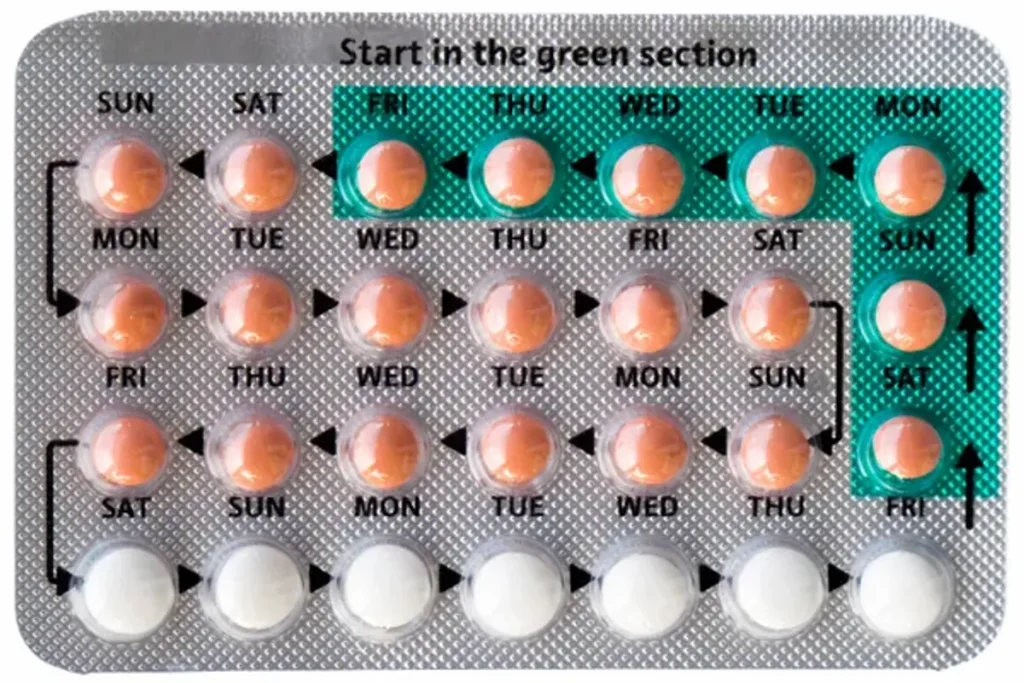
Let’s start with the basics: the birth control pill, or simply “the pill.” This little pill works by safely preventing ovulation, which means no egg for those speedy little swimmers to fertilize. No pregnancy, no problem.
There are a few types to know about:
– Combination Pills: These are the most common and contain both estrogen and progestin. You take them daily, like clockwork.
– The Mini Pill: This one has only progestin and is great for breastfeeding moms. It’s also a daily deal.
– Extended Cycle Pills: These reduce your periods to just four times a year. You take them for 12 weeks straight, then take a one-week break.
When taken correctly, the pill is 99.9% effective. It can also regulate your periods, lessen cramps, and even help clear up acne. Plus, it won’t mess with your fertility. You just stop taking them when you’re ready to start a family.
You can usually grab combination and mini pills over the counter at pharmacies, but it’s a good idea to see a doctor first to make sure it’s the right choice for you.
It is important to note that some types, especially the mini pill, need to be taken at the same time every day to work. You might also notice side effects like spotting, mood swings, or changes in blood pressure.
Emergency Contraceptives: Your Backup Plan
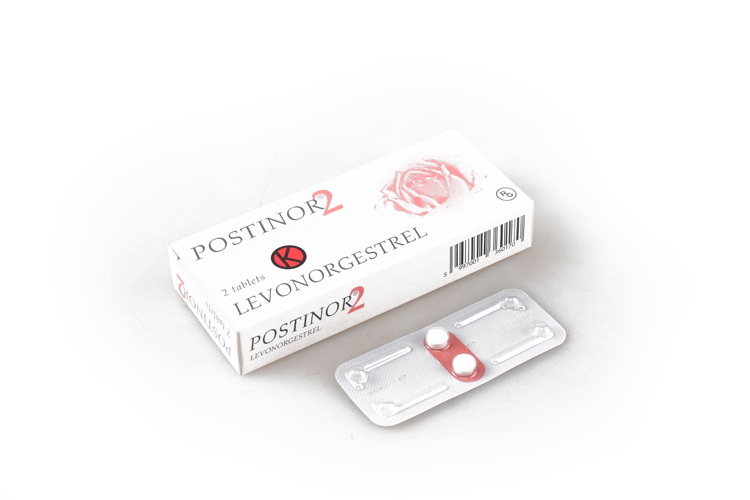
Ever heard of “Postinor 2”? That’s the most popular emergency female contraceptive in Nigeria, but there are others too. These contain hormones like levonorgestrel or ulipristal to prevent fertilization.
As the name suggests, these are for emergencies only – not your everyday birth control. Use it if the condom breaks, the “pull-out” method fails, or you miss a few pills. It’s a lifesaver when you’re in a pinch and can be up to 90% effective if taken within 48-72 hours after unprotected sex.
Note: If ovulation has already happened, this pill won’t stop a pregnancy. You might also get side effects like heavier or lighter periods, nausea, or headaches.
Intrauterine Device (IUD): The Set-It-and-Forget-It Option
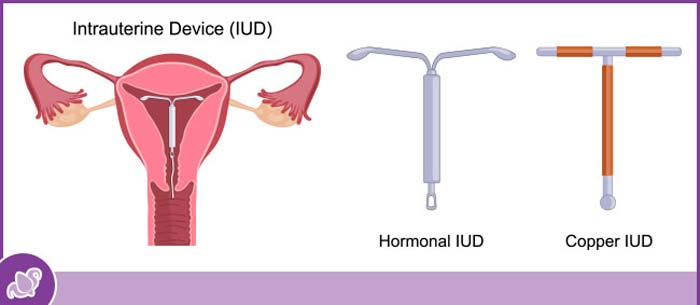
An IUD is a little T-shaped device that gets placed in your womb to block sperm from meeting an egg. They come in two flavours: hormonal (levonorgestrel) or copper-covered. Sperm hates copper, and levonorgestrel stops eggs from popping out. An IUD can last anywhere from three to ten years.
Inserting an IUD is quick and almost painless, and they’re up to 99% effective right away. Plus, hormonal IUDs can reduce heavy periods and ease endometriosis pain over time.
Note that your periods might be a bit rougher and more irregular for the first few months. There’s also a small risk of it slipping out or causing infections, especially if the insertion isn’t done properly.
Also, you should only get an IUD from a doctor or healthcare provider after a proper consultation.
Contraceptive Implant: The Invisible Guardian
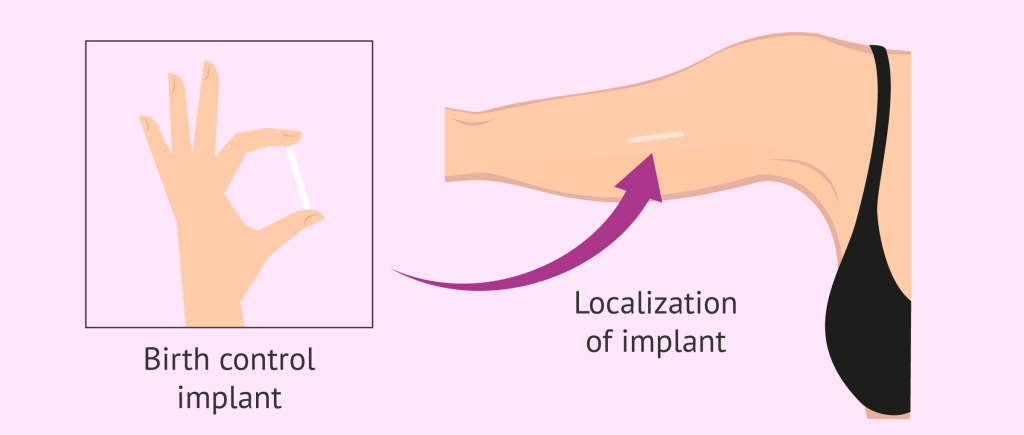
The contraceptive implant is a tiny, flexible rod that gets placed under the skin of your upper arm. It releases a steady dose of progestin to stop ovulation and block sperm. Implants last for three to five years.
No need to remember to take a daily pill. Once it’s in, you’re good to go. It’s also great for breastfeeding women and doesn’t have long-term effects on fertility. Like the IUD, you’ll need to see a doctor or health care provider to get an implant.
However, your periods might become irregular, and you’ll need to visit the doctor to get it removed when it’s time.
Birth Control Patch: Stick It and Forget It (for a Week)

The birth control patch works by delivering hormones through your skin. You change it weekly for three weeks, then take a patch-free week to have your period. You can stick it on your lower abdomen, back, or upper arm. It’s really easy to use and remove.
Note: This type of female contraceptives is not as effective for plus-size women, and the extra estrogen could increase your risk of blood clots.
Sterilization: The Permanent Fix
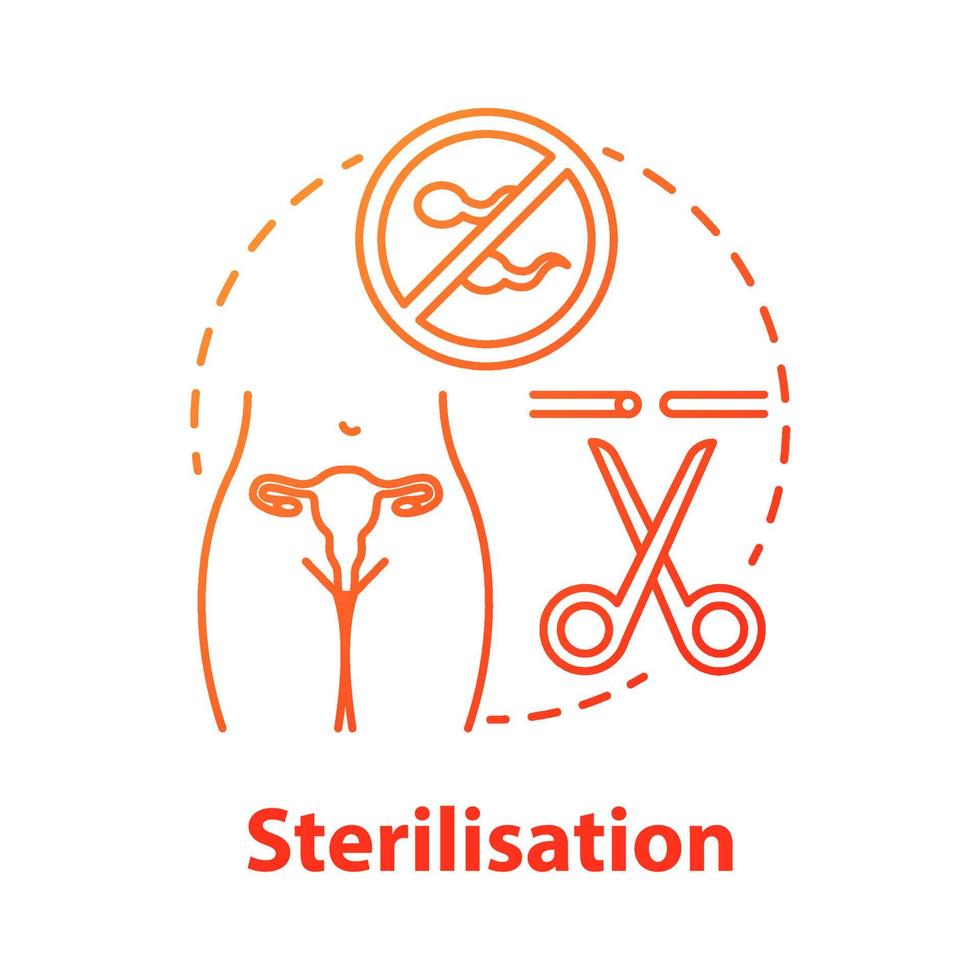
If you’re absolutely sure you’re done with babies, you can opt for sterilization. This is a type of female contraceptives that involves either surgically removing the womb or tying the fallopian tubes. It’s 100% effective so no more pregnancy scares ever!
Be sure this is what you want because it is permanent, so you can’t change your mind later. Also, you’ll still need to practice safe sex to avoid STIs.
Sterilization should only be done by a licensed doctor or surgeon after a thorough consultation.
There you have it, ladies! Using female contraceptives doesn’t have to be confusing or scary. Just make sure you’re informed and choose what works best for you. And remember, condoms are your BFFs for keeping STIs at bay. So, join the OneDrugStore Community on Fusion and get a sexual health kit today. They have different packages that serve your needs and budget.

While you’re at it, check out the Sex and Intimacy community for more informative, educative and, downright naughty content. Stay safe, stay smart, and take control of your health today!






646 Responses
Viagra tablet online: buy Viagra online – Viagra online price
AFRO DATE ORG//ADD US ON WHATSAPP +2348107906879
ARE YOU IN NEED OF A RICH WEALTHY SUGAR MUMMY/SUGAR DADDY/GAY AND LESBIAN PARTNER ANYWHERE IN NIGERIA,GHANA, COTONOU, TOGO, UK, USA, ASIA, SOUTH AFRICA, MALAYSIA, ZIMBABWE AND IVORY COAST, THEN CONTACT AFRO DATE ORGANIZATION DATABASE ADMIN, MR JOSEPH (08107906879)
Are you a young man seeking for sugar mummy or young girl seeking sugar daddy, Single Ladies and single guys. Are you good in Bed ? Do you really need a rich sexy sugarmummies or sugardaddies that can change your life completely with money and influence, so get the opportunity to meet sugarmummies and sugardadies from all works of life, politicians, Bankers, Oil ladies, Directors, Gold dealers, Cash money ladies, Doctors, London Based willing to pay as much as 300k to 500k and get the best exclusive VP arrangement anywhere in Nigeria. LAGOS, ABUJA, CALABAR, DELTA, ANAMBRA, PORT, IBADAN, RIVER, JOS, BENIN, ONDO etc we have some rich sugar mummies and sugar daddies who are urgently looking for youngmen and youngladies to spend their Money on.Contact our Agent Mr Joseph on 08107906879 for more Details…
most popular canadian pharmacy https://edpillsafib.xyz/# EdPillsAfib
https://corpharmacy.xyz/# Cor Pharmacy
EdPillsAfib: Ed Pills Afib – Ed Pills Afib
EdPillsAfib: low cost ed pills – top rated ed pills
online meds no rx reliable https://viagranewark.xyz/# ViagraNewark
Ed Pills Afib: erectile dysfunction drugs online – Ed Pills Afib
CorPharmacy: Cor Pharmacy – rate online pharmacies
Viagra Newark Sildenafil Citrate Tablets 100mg ViagraNewark
the canadian pharmacy http://edpillsafib.com/# erectile dysfunction meds online
https://edpillsafib.com/# EdPillsAfib
ViagraNewark: viagra canada – ViagraNewark
Viagra Newark: Viagra Newark – Viagra Newark
Cor Pharmacy Cor Pharmacy northern pharmacy canada
http://avtadalafil.com/# india pharmacy online tadalafil
bactrim antibiotic online prescriptions: get antibiotics quickly – zithromax buy online no prescription
Uofm Sildenafil: sildenafil buy online without a prescription – Uofm Sildenafil
ivermectin 5 mg price Penn Ivermectin ivermectin buy online
https://uofmsildenafil.xyz/# UofmSildenafil
https://massantibiotics.xyz/# cost of amoxicillin prescription
cheap 10 mg tadalafil: best tadalafil prices – tadalafil
https://pennivermectin.com/# Penn Ivermectin
MassAntibiotics: order amoxicillin no prescription – cheap antibiotic
https://uofmsildenafil.com/# Uofm Sildenafil
https://avtadalafil.xyz/# AvTadalafil
https://uofmsildenafil.com/# Uofm Sildenafil
UofmSildenafil: UofmSildenafil – UofmSildenafil
http://massantibiotics.com/# Mass Antibiotics
https://massantibiotics.com/# amoxicillin without a doctors prescription
http://pennivermectin.com/# ivermectin buy online
Uofm Sildenafil: UofmSildenafil – Uofm Sildenafil
https://massantibiotics.com/# MassAntibiotics
https://uofmsildenafil.com/# sildenafil generic drug cost
https://pennivermectin.com/# generic ivermectin cream
http://uofmsildenafil.com/# UofmSildenafil
https://uofmsildenafil.com/# Uofm Sildenafil
https://massantibiotics.com/# best online doctor for antibiotics
UofmSildenafil Uofm Sildenafil UofmSildenafil
Uofm Sildenafil: Uofm Sildenafil – UofmSildenafil
http://uofmsildenafil.com/# sildenafil nz price
Av Tadalafil: Av Tadalafil – AvTadalafil
https://uofmsildenafil.xyz/# UofmSildenafil
http://avtadalafil.com/# AvTadalafil
Uofm Sildenafil UofmSildenafil UofmSildenafil
MassAntibiotics: MassAntibiotics – MassAntibiotics